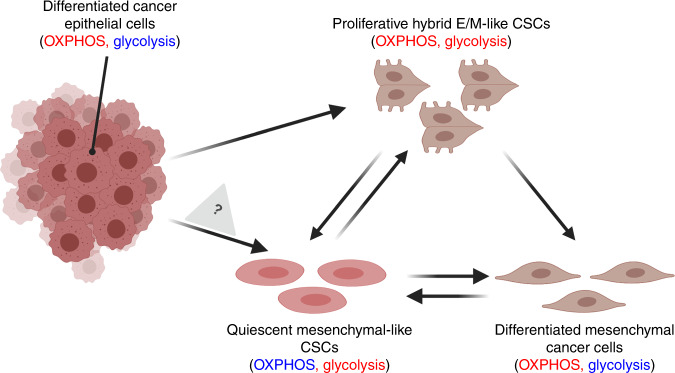Fig. 2. Hypothetical coupling of EMT and metabolic reprogramming during the acquisition of stemness.
Differentiated epithelial cancer cells depend on oxidative phosphorylation (OXPHOS).9,10 Upon undergoing EMT, these cells can increase their glycolytic activity as needed to acquire stemness and become hybrid E/M-like cancer stem cells (CSCs; OXPHOShigh/glycolysishigh, proliferative). The hybrid E/M-like CSCs can either decrease their OXPHOS activity to transition into mesenchymal-like CSCs (glycolysishigh, quiescent)98,99 or decrease their glycolytic activity and lose stemness to transition into the differentiated mesenchymal cancer cells (OXPHOShigh). Note that being labelled OXPHOShigh does not determine the extent to which fatty acid oxidation is operative, which could differ between different types of differentiated cancer cell. Quiescent mesenchymal-like CSCs (glycolysishigh) can either increase their OXPHOS activity to become hybrid E/M-like CSCs99 or switch from glycolysis to OXPHOS and differentiate into mesenchymal cancer cells; these cells might undergo dedifferentiation to become mesenchymal-like CSCs. It will be interesting to investigate whether differentiated epithelial cancer cells can directly transition into mesenchymal-like CSCs without passing through hybrid E/M phenotypes. The Figure was created by BioRender.com.

